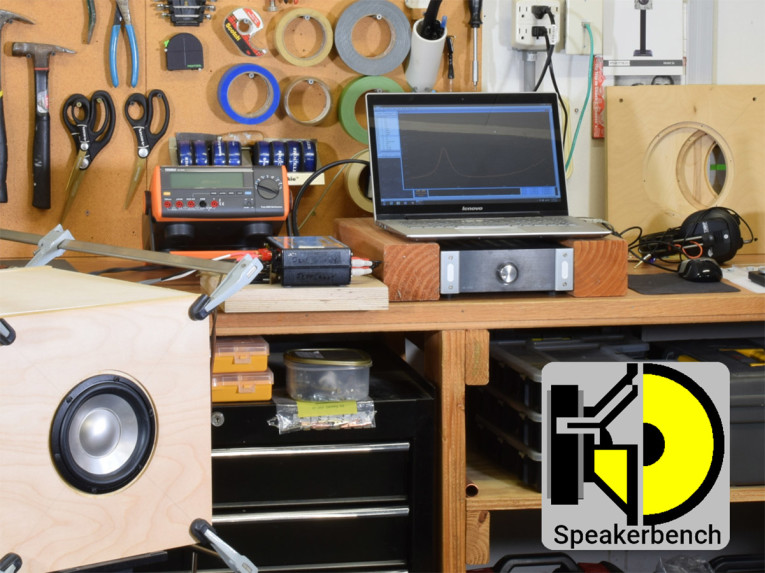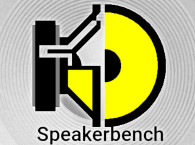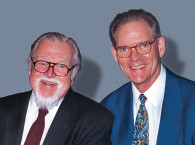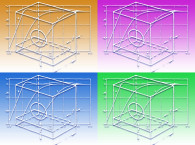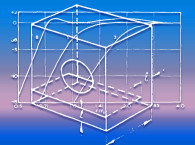
"The videos may be considered a tribute to Neville Thiele for his invaluable contribution to how we design loudspeakers. The use of standard filter alignments represents a foundational concept in the loudspeaker industry, with an impact nearly as significant as the invention of the electro-dynamic loudspeaker principle itself," Claus Futtrup states.
The first video is 17 minutes long and introduces Chebyshev, Butterworth, Bessel, and critically damped filters. This video also aims to clarify some misconceptions about Q-values and 4th-order responses. It finishes with an introduction to some alignments that are described in Neville Thiele's work.
The second video is 13 minutes long; it introduces Richard Small, John Benson, et al. and hints that a Linkwitz-Riley bass reflex alignment exists, although it has never been defined (as far as we know). It finishes with the concept of an alignment chart, which is a feature available in Speakerbench. "This video contains more information of an anecdotal nature not found in textbooks. We hope that even seasoned loudspeaker designers will find this informative and entertaining," Futtrup adds.

Claus Futtrup currently works as Engineering Manager of a small Acoustics team at DALI A/S in Denmark. Jeff Candy is Director of Theory and Computational Science at General Atomics in San Diego, California.
Direct links to the two videos:
https://youtu.be/xCVSRBdTBWM
https://youtu.be/J0wvMkreUhY
A complete article about Speakerbench, describing the methods and the research, including a comparison with existing measurement tools and industry practices, is included in the latest 2020 edition of Loudspeaker Industry Sourcebook. Two reference articles "Parameter Estimation and Box Simulation with Speakerbench" Part 1 and Part 2 are also available for an in-depth exploration of the speaker design calculations and an overview of how Speakerbench offers an accurate and practical approach to leakage loss as identified with an advanced transducer model and verified with measurements.
www.speakerbench.com
